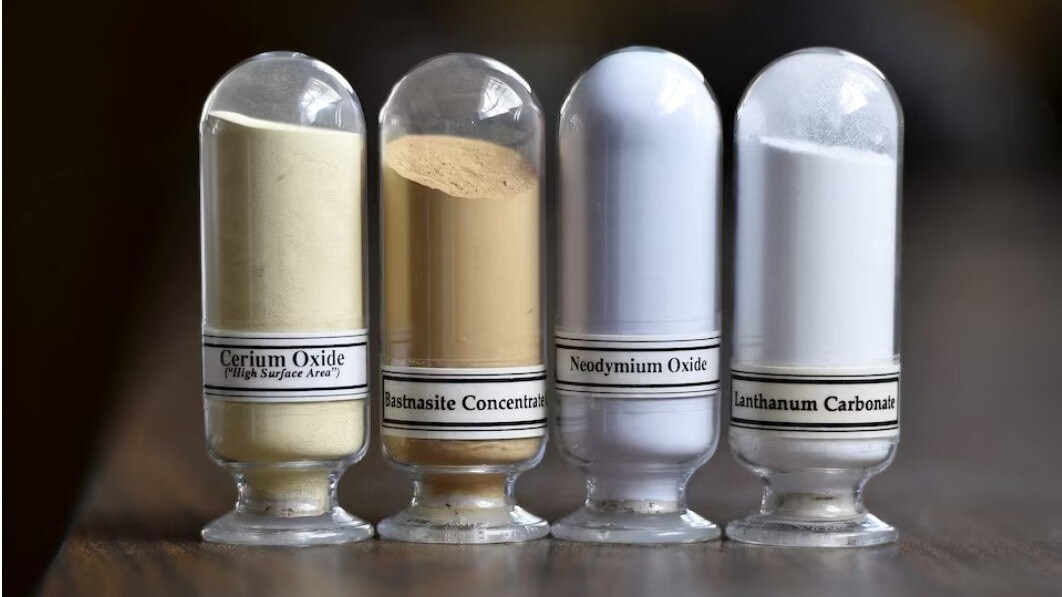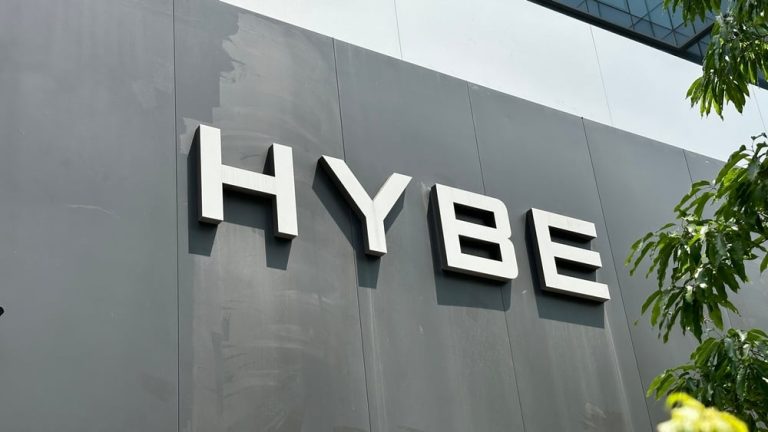China, that has a quasi-monopoly over rare earth elements and magnets, imposed strict export restrictions in April, in the aftermath of Beijing’s tariff war with Washington. China ordered its exporters to obtain additional licences to be able to export, throwing multiple sectors across the globe in disarray. Its decision to suspend exports disrupted supply chains vital to automakers, aerospace manufacturers, semiconductor firms, and military contractors worldwide.
In this backdrop, the State Bank of India (SBI) has said that India is not immune to the rare earth threat. The SBI report added that transport equipment, basic metals, machinery, construction and electrical & electronics sectors’ domestic production and exports will be impacted.
“The active participation of state governments in encouraging rare earth exploration and processing can contribute to regional economic development and self sufficiency in critical mineral value chains,” it said.
WHAT ARE RARE EARTHS?
Rare earth elements are a subset of critical minerals with wide applications in emerging technologies. Economically critical minerals have certain characteristics: they form a small part of the overall cost but are crucial in production, their supply is concentrated, leading to risks of sudden capacity reductions, substitutes and recycling technologies are lacking, and pricing is opaque with high volatility and geopolitical risks.
Over the past three decades, their use and that of their alloys have grown significantly in various technological devices. These elements possess unique physical, chemical, magnetic, and luminescent properties. They contribute to technological benefits such as reduced energy consumption, miniaturisation, durability, and thermal stability.
Recently, the demand for rare earth has increased, especially in energy-efficient gadgets that are faster, lighter, smaller, and more efficient.
INDIA’S RARE EARTH USAGE
China’s ban on rare earth exports has notably impacted sectors like transport equipment, basic metals, machinery, construction, and electrical and electronics. However, the Ministry of Heavy Industries has proposed a Rare Earth Magnet Processing Scheme for inter-ministerial consultations. The scheme aims to increase domestic production and reduce import dependence on critical magnet components used in electric vehicles, electronics, and renewable energy technologies.
Kamran Rizvi, Secretary of the Ministry of Heavy Industries, stated that the scheme has been floated for inter-ministerial consultations. Union Minister H D Kumaraswamy confirmed that the scheme has a financial allocation of Rs 1,345 crore. This initiative is part of the government’s broader plan to enhance India’s manufacturing capabilities in strategic materials and components.
The government has identified 30 minerals as critical for the country’s economic security. The SBI analysis shows that India’s total imports of rare earth and compounds have averaged around $33 million annually over the last four years, with FY25 imports at $31.9 million. Imports of rare earth magnets averaged $249 million over the last four years, reaching $291 million in FY25, the highest in this period.
Direct use of rare earth is concentrated in six sectors, with significant absorption in basic metals and electrical and optical equipment. The use of rare earth magnets is mainly in automotive, electrical and electronics, and machinery sectors.
Meanwhile, Bajaj Auto MD Rajiv Bajaj said that they are looking at a ‘zero month’ of EV production in August due to he shortage of rare earth magnets. “Our component inventory saw us through until June, but we are down by half in terms of production in the current month, and I am afraid that we are looking at a zero month in August as of now,” he said in an interview.
RARE EARTHS APPLICATIONS
Rare earths are used in multiple sectors for varied applications:
Electronics (television screens, computers, cell phones, silicon chips, long-life rechargeable batteries, camera lenses, LED, CFL, marine propulsion systems)
Manufacturing (high strength magnets, stress gauges, ceramic pigments, colorants in glassware, chemical oxidizing agent, automotive catalytic converters)
Medical Science (portable X-ray machines, MRI, contrast agents, nuclear medicine imaging, cancer treatment applications, and for genetic screening tests, medical and dental lasers)
Renewable Energy (hybrid automobiles, wind turbines, next generation rechargeable batteries, biofuel catalysts)
Technology (lasers, optical glass, fiber optics, masers, radar detection devices, nuclear fuel rods, mercuryvapor lamps, highly reflective glass, computer memory, nuclear batteries, high temperature superconductors)







